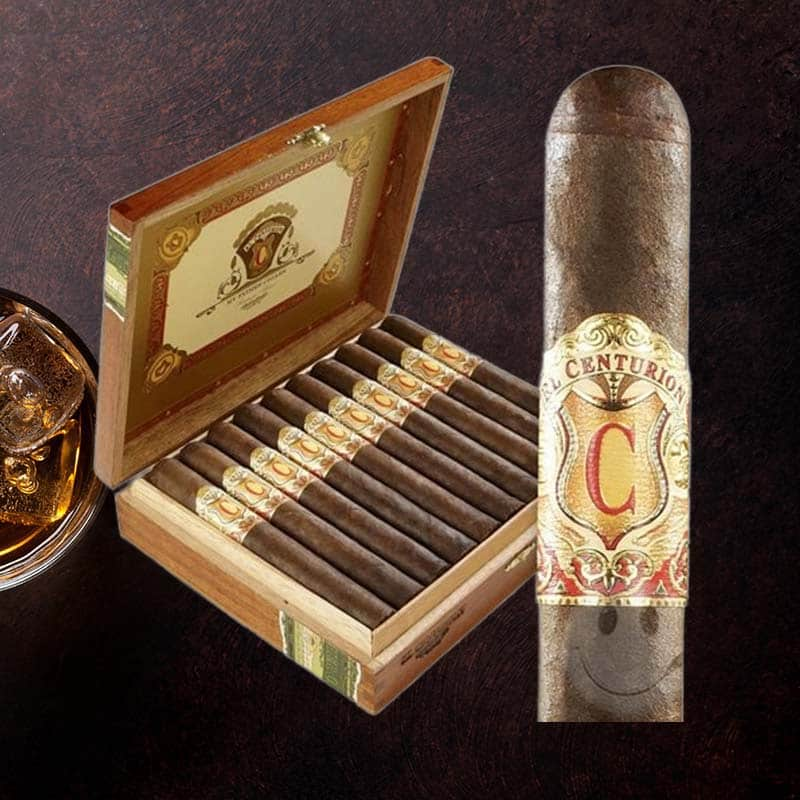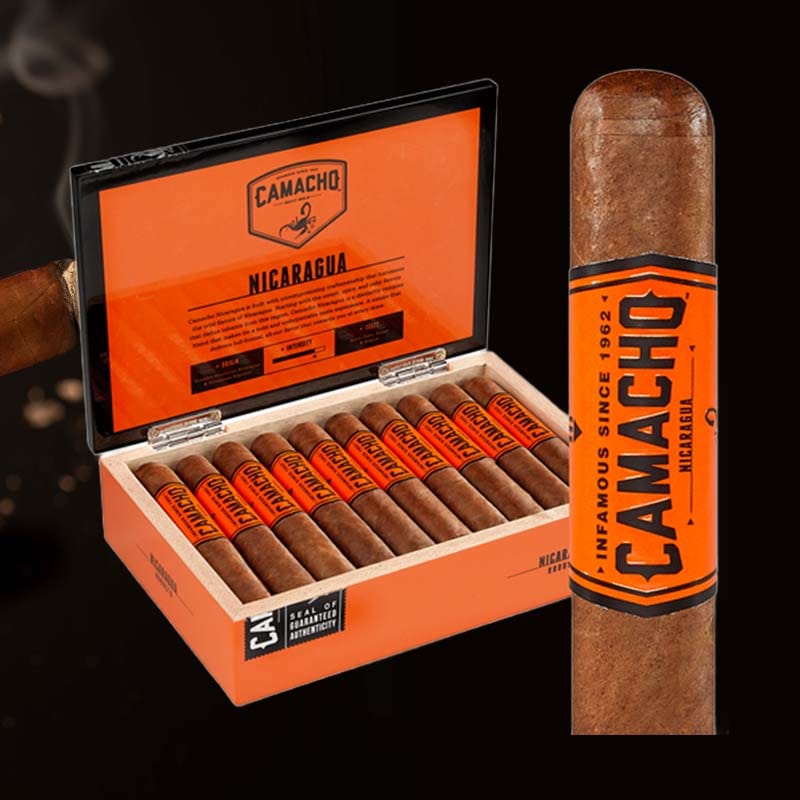How to work a torch lighter
How to Work a Torch Lighter
Using a torch lighter can be an exhilarating experience, especially when enjoying a good cigar. I still remember the first time I lit my favorite smoke with a torch lighter; the flame danced with a confidence that simply captured my attention. It’s not just a tool; it’s a ritual that I look forward to, and one that opens up a sense of anticipation each time. In this article, I’ll take you through some essential steps, tips, and the magic of working with a torch lighter efficiently.
1. Understand the Components of a Torch Lighter
The first step to mastering the torch lighter is understanding its components. Here’s what you should familiarize yourself with:
- Flame Adjuster: This lets you control the height of the flame.
- Ignition Button: The button or trigger that produces the flame.
- Butane Tank: The container that holds the fuel.
- Nozzle: Where the flame comes out; often shaped for precision.
2. How does a Torch Flame Lighter Work?
At its core, a torch lighter operates on the principle of igniting butane gas. When you push the ignition button, a small spark is created that ignites the gas escaping from the nozzle, producing a strong flame. This is crucial for lighting cigars, as the torch flame is consistent and much hotter than a regular lighter. It really does give you the power to control how you light your cigar.
3. How to Refill Your Torch Lighter
Refilling is a simple but essential step. Here’s how I do it:
- Ensure the lighter is empty—press the flow adjuster to release any remaining gas.
- Turn the lighter upside down.
- Insert the butane canister into the fill valve and press for a few seconds.
- Allow a minute for the fuel to settle before igniting.
4. How to Fill a Butane Torch
You will follow similar steps as refilling a lighter, but be mindful of the following:
- Choose High-Quality Butane: For optimal performance, always opt for high-purity butane.
- Fill in a Well-Ventilated Area: Safety first!
- Keep it Cool: A cooler torch allows easier refilling.
How to Light a Cigar with a Torch Lighter
1. Adjust Your Flame Height
Start by adjusting your flame to a medium height. A higher flame might scorch your cigar, and no one wants a burnt taste. It’s all about that sweet spot!
2. Hold the Foot of Your Cigar Away from the Flame
I always like to keep a safe distance between the flame and the foot of my cigar. This prevents overheating and helps maintain the flavor.
3. Gently Toast the Foot
Toasting the foot allows for even burning, so hold the cigar at a 45-degree angle to the flame, gently toasting it without direct contact.
4. Rotate Your Cigar as You’re Lighting It
As you light, rotate your cigar to ensure an even burn. Just like the careful act of painting a masterpiece, this requires patience.
5. Begin Puffing on Your Cigar
Once it’s toasted, take slow, deliberate puffs. I find that this helps ignite the entire foot evenly.
6. Gently Blow on the Cherry
If the cherry isn’t glowing evenly, a gentle blow can help distribute the heat and ignite any stubborn areas.
7. Perform Touch Ups as Necessary
If at any point, the cigar isn’t lighting evenly, touch up the foot again. There’s no shame in doing what it takes to enjoy the full flavor!
Torch Troubleshooting
1. Common Issues and Solutions
Sometimes our trusty lighters can play tricks on us. Here are common issues I’ve faced:
- Flame Won’t Ignite: Check gas level and ignition button functionality.
- Flame is Unstable: Adjust the flame height for consistency.
- No Gas Flow: Ensure the lighter is bled and refilled correctly.
2. When to Seek Professional Help
If you’ve tried troubleshooting but your lighter still fails, it might be time to consult a professional. It’s better to be safe than sorry!
Maintaining Your Torch Lighter: Cleaning, Bleeding, Refueling
1. How to Clean Your Torch Lighter
Cleaning is essential for longevity. Wipe the exterior with a soft cloth, and ensure the nozzle is free of dust for an efficient flame.
2. Steps for Bleeding Your Torch Lighter
Bleeding lets out excess gas:
- Use a small tool to press the bleed valve.
- Ensure the lighter is upside down to prevent fuel from coming out.
- Let it sit for a few minutes before refilling.
3. When and How to Refuel
Refuel when the flame weakens. Always remember to let your lighter cool down to prevent accidents.
What to Look for in a Torch Lighter
1. Types of Torch Lighters
There are various types of torch lighters:
- Single Flame: Ideal for precision lighting.
- Double Flame: Offers a broader flame for faster lighting.
- Triple Flame: Perfect for larger cigars or outdoor conditions.
2. Types of Fuel for Torch Lighters
Butane is the standard fuel for torch lighters. Look for high-quality, premium butane to get consistent results.
Bonus Tips for Using a Torch Lighter
1. Safety Precautions When Using a Torch Lighter
Safety is paramount; always use your torch lighter away from flammable materials, in well-ventilated areas, and never aim the flame at yourself or others.
2. Other Uses for a Butane Torch
Surprisingly, butane torches have other uses. I’ve used mine for lighting grills, crafting, and even soldering small electronics. They are versatile little gems!
FAQ
How does a torch lighter work?
A torch lighter ignites butane gas, creating a precise and powerful flame when you push the ignition button. The spark ignites the gas, allowing you to light your cigars with ease.
How to start a torch lighter?
To start a torch lighter, ensure it has butane, adjust the flame height to your preference, and press the ignition button to create a spark that lights the gas.
Why does my torch lighter not light?
Your torch lighter may not light due to low butane levels, clogged nozzles, or malfunctioning ignition mechanisms. Troubleshooting these can help restore functionality.
How do I light my torch?
To light your torch, ensure it’s filled with fuel, adjust the flame, and press the ignition button to produce a flame while keeping the torch away from any flammable objects.












